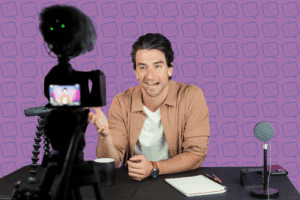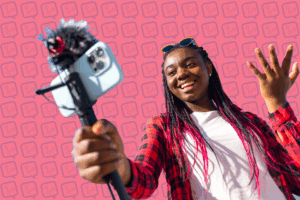Facebook Ads: How Much Should Creators Charge Brands?

It is becoming increasingly popular for brands to leverage influencer generated content for Facebook ads. The trust of an influencer and the distribution of Facebook create a powerful combination that can result in massive sales volume. If brands are leveraging your trustworthiness in order to sell their products, you need to get paid for that! In this article I want to suggest a few compensation models that you can use to ensure that you are properly compensated for the use of your assets and likeness in Facebook ads.
- CPM Model: Some brands may be willing to pay you based on the number of impressions that the ad gets on Facebook. Under a CPM model, you will negotiate a dollar amount for each 1,000 impressions your ad generates. This can range widely based on your starpower and influencer. We have seen it fluctuate anywhere from $0.10 to $10. Successful Facebook ads can easily accumulate hundreds of millions of impressions in weeks. Unsuccessful Facebook ads are generally turned off by ad buyers quickly and might only accumulate a few thousand impressions. For that reason, brands can find this pricing model quite attractive. They limit their downside risk and they share in the upside with you if you create an awesome ad for them.
- Guaranteed Payment Model: Some brands prefer to pay a flat rate for the content, irrespective of the number of impressions the ad gets on Facebook. This can be attractive because you know exactly how much money you will generate for your time. However, if an ad is wildly successful, you may come to resent the brand, so you want to be careful. A pro tip is you could suggest a hybrid approach. An up front, with a performance bonus based on the number of impressions generated.
- CPA Model: Some brands only value sales. For that reason, they prefer to pay content creators based on the number of sales generated by the ad. In this case, you will need to negotiate some fee per sale generated from the ad. It is vitally important that you ask what the tracking or attribution method for this will be. Will the brand use Facebook, which measures sales based on clicks that came from your ad in the last 7 days and views on your ad in the last day? Or will they be using google analytics / a tracking software that only captures the sale if your ad produced the “last click” before the sale was registered. Those two numbers will fluctuate a lot, so be sure to ask.
With these three models, there are also a few other important considerations: duration of contract, termination, and platforms. Be sure to define when the license of your asset starts and stops. You do not need to let the brand use this asset forever. Standard agreements are 3 months, 6 months or a year. Adding in a termination clause is important too. If you are dissatisfied with how the brand is representing you in the ad, you want the ability to terminate the deal and return some portion of the money if that makes sense for you and your business. And lastly, be sure to define which platforms you will let the brands advertise on with your ad asset. Be sure to add a provision of certain sites and locations you explicitly do not want to be associated with.






